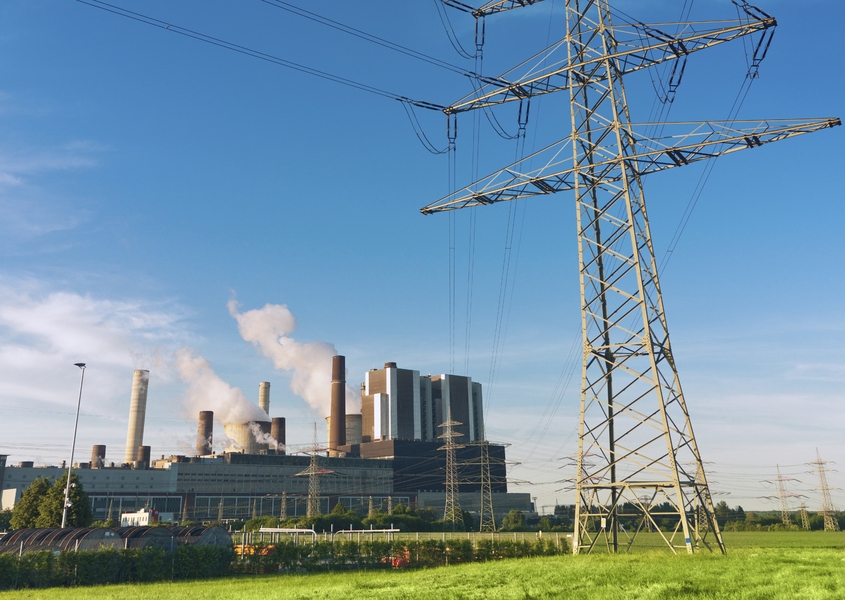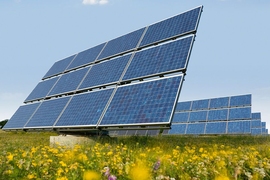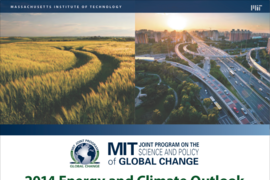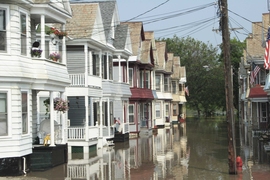Reducing global greenhouse gas emissions could have big benefits in the U.S., according to a report released today by the U.S. Environmental Protection Agency (EPA), including thousands of avoided deaths from extreme heat, billions of dollars in saved infrastructure expenses, and prevented destruction of natural resources and ecosystems.
The report, “Climate Change in the United States: Benefits of Global Action,” relies on research developed at the MIT Joint Program on the Science and Policy of Global Change to estimate the effects of climate change on 22 sectors in six areas: health, infrastructure, electricity, water resources, agriculture and forestry, and ecosystems. The report compares two possible futures: one with significant global action on climate change, and one in which greenhouse gases continue to rise.
“Understanding the risks posted by future climate change informs policy decisions designed to address those risks,” says John Reilly, co-director of the MIT Joint Program on the Science and Policy of Global Change. “This report quantifies the risks we might face by taking no action.”
The MIT researchers developed two suites of future climate scenarios, socioeconomic scenarios, and technological assumptions that serve as the foundation of the EPA report’s findings. In the first scenario, no new constraints were placed on greenhouse gas emissions. In the second, global warming was limited to 2 degrees Celsius through global climate action.
Research groups across the country then built on the scenarios developed at MIT to study how different sectors in the U.S. would fare under each future scenarios. The groups studied a diverse range of impacts of climate change according to their own areas of expertise, ranging from lost wages due to extreme temperatures, to damage to bridges from heavy river flows, to destruction of Hawaii’s coral reefs, among others.
The MIT team also contributed heavily to the section of the report focusing on water resources. The report concludes that mitigating greenhouse gas emissions can reduce the risk of both damaging floods and droughts, and prevent future water management issues.
“Water is fundamentally linked to climate.” Reilly says. “Water needs to be in the right place at the right time. So as temperatures rise and precipitation patterns shift, you run the risk of having a mismatch between demand for water and the available supply in an area.”
The report is part of the ongoing Climate Impacts and Risk Analysis (CIRA) program, an EPA-led collaborative modeling effort among teams in the federal government, MIT, the Pacific Northwest National Laboratory, the National Renewable Energy Laboratory, and several consulting firms.
The scenarios developed at MIT serve as a common tie between the results produced by the many teams participating in the project. Each team used the MIT scenarios as inputs to their own modeling tools, uniting all of the estimates in the report with a set of shared assumptions about emissions growth and possible changes in future climate.
The report summarizes more than 35 studies that were individually peer reviewed in scientific journals. The full report and related materials are available at epa.gov/cira.











